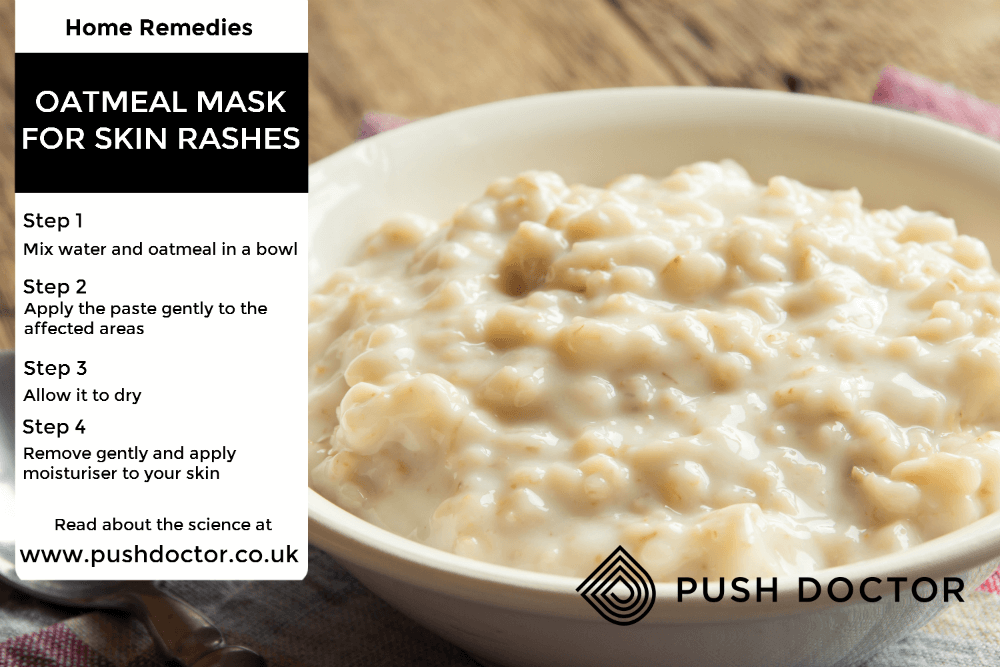By Dr Prudence Knight
How to get rid of acne - 11 tips
Acne is a very common skin condition - and one many people remember not-so-fondly from their teenage years. For most people, the condition clears up by their early twenties, but for others is may persist throughout their adult years.
The exact cause for acne is not fully understood but excess oil, clogged pores and the growth of particular bacteria all contribute to the development of spots and redness (inflammation).
Acne often develops during puberty due to hormonal changes occurring in the body. But hormonal acne isn't the only cause - family history, medications and cosmetic products can all be the source of irritated skin.
The symptoms of acne can vary, but it usually affects skin on the face, back, chest and shoulders. Luckily, there are a lot of remedies to help relieve your symptoms. From home-remedies to doctor-prescribed treatments, read on to find out more about:
How to get rid of acne - Home remedies
How to get of acne - Prescribed treatments
How to get rid of acne - Home remedies
1. Treat your spots with tea tree oil
Sometimes, acne can be fuelled by the infection of two types of bacteria that live on our skin - usually without causing harm. Tea tree oil can be an effective spot treatment for some people as it fights against both of these bacteria.
Tea tree oil should be applied the skin affected by spots. Products that contain the oil can be used, or the oil itself can be diluted with water (to avoid too much irritation) and applied to the skin using a cloth.
2. Avoid foods that cause your blood sugar levels to spike
Some studies have suggested a link between acne and diet.
Diets containing high glycemic index (GI) foods have been studied to see whether their link to blood sugar levels can affect the skin.
One study found that diets containing low-GI foods (like fruit, vegetables and wholegrain foods) reduced acne symptoms in some people, compared to high-GI food (like sugary drinks, white bread and sweets) diets.
This is thought to be linked to the rise in insulin in the body following eating high-GI foods. This may cause excess sebum (skin oil) to be produced feeding bacteria and clogging pores.
3. Wash your face every morning and night
Cleansing your skin twice daily - using mild soap or fragrance free, gentle cleanser- will reduce the build up of bacteria, and help soothe irritated skin. Use a clean flannel or cloth every time you wash your skin too, this will avoid new bacteria from being introduced to your skin.
Avoid over-washing (more than twice a day) in an attempt to stay oil-free, though. Overwashing could actually cause too much oil production, further upsetting your skin.
4. Use products containing benzoyl peroxide
Benzoyl peroxide is an antiseptic, designed to fight the acne-causing bacteria found on the skin. It can be bought over-the-counter at pharmacies, usually as a gel. It also reduces inflammation but can cause dryness and redness.
If you find this treatment is irritating your skin too much, talk to a doctor who may prescribe an alternative.
to cause an increase in acne-causing activity.
Try some of these expert tips to help you de-stress and keep our skin healthy.
How to get rid of acne - Prescribed treatments
6. Birth control
For many years, certain combined hormonal contraceptives (those that contain both oestrogen and progesterone hormones) have been used to treat acne. However, only co-cyprindiol is licenced specifically to treat acne. Newer combined oral contraceptives may be more skin friendly than older contraceptive pills.
How does this work? Well, the excess amounts of acne-causing oil (sebum) is produced in part due to androgen hormone. Some combined contraceptive pills help the body to produce lower levels of androgens, and consequently less sebum.
Speak to a doctor to see if this could be an effective treatment for you. Not all women are suitable for this type of birth control, and not all acne-sufferers will benefit from this.
7. Topical treatments
Topical treatments are creams or gels applied to the skin and for acne, there are quite a few to choose from.
You may be prescribed:
- Topical retinoids - retinoids remove dead skin cells to stop your pores from clogging, and help to relieve inflammation.
- Topical antibiotics - this acne fighting medication will come in the form of a gel or lotion, applied to the skin to kill bacteria and prevent further infection.
- Azelaic acid
11. Antibiotics
Oral antibiotics may be prescribed as an acne medication in the case of a severe flare up or where topical treatment has not been effective. This medication will help some symptoms (like severe inflammation) but will have little effect on smaller spots (like blackheads). Learn more about antibiotics and the the effects they can have.
How to get rid of cystic acne
Cystic acne is when the infection causing the acne settles deep within the skin. This causes painful, pus-filled bumps to grow.
Home remedies and over-the-counter medication are unlikely to be effective with this type of acne. Without prescribed treatment (and sometimes even with it), this type of acne can cause scarring. See a doctor if you are getting large, painful spots especially those deep under the skin or if your spots scar.
How to get rid of acne scars
Topical retinoids may help to reduce the appearance of acne scars.
Other private medical treatments are available, but you should speak to a doctor to find out if these would be effective for you before trying.
In the meantime, certain make up brands offer specialised products to help cover up scarring, making it easier to cover in day-to-day life if your scars or spots are making you self-conscious.

